Louisville's Iconic Architecture
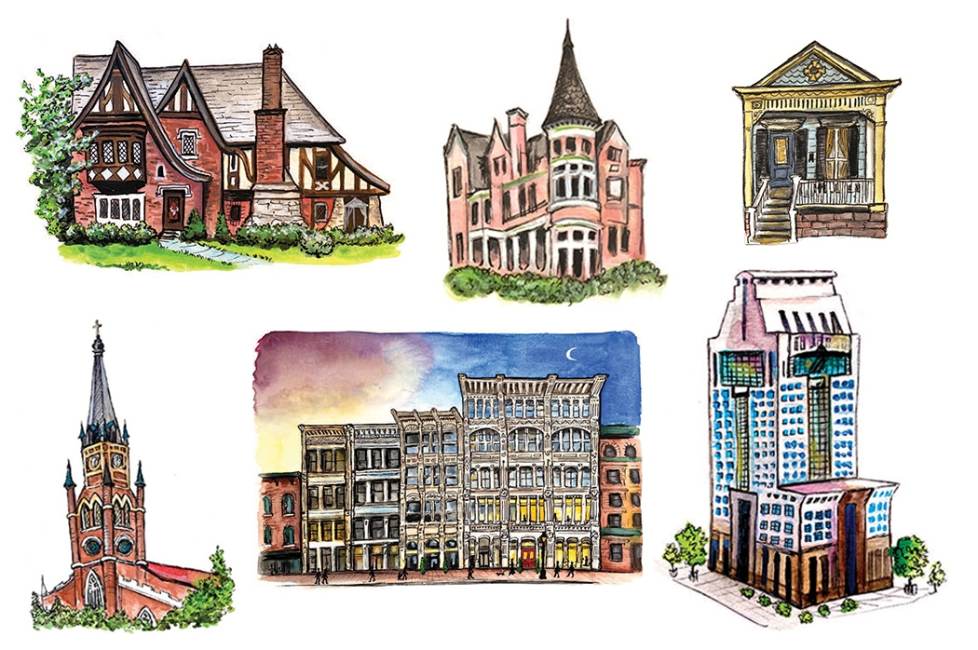
Louisville is well-known for its variety of architectural styles – from traditional to modern to somewhere in between. The Victorian mansions of Old Louisville and the cast-iron façades of downtown have received national attention for their historical significance and beauty. The city has nearly 500 locations listed on the National Register of Historic Places and includes 8 National Historic Landmarks and two National Cemeteries. Just as each neighborhood possesses a unique charm, so do the structures within them.
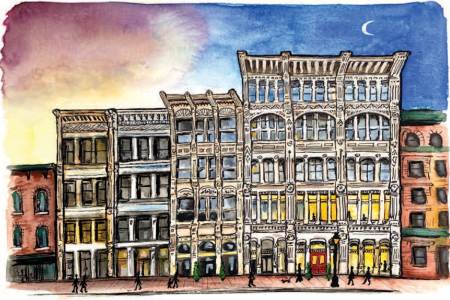
CAST-IRON FAÇADES
Lining Louisville’s West Main Street are some of the oldest buildings in the city, built between the 1850s and the early 1900s. The Revivalist and Chicago-style buildings with cast-iron façades are the largest collections, second only to SoHo in New York City. For a little fun, take a magnet and stick it to the cast-iron façades (to easily identify them, check out the sidewalk bricks in front of the columns, which are placed sideways and flecked with iron).

NEO-GOTHIC
The Cathedral of the Assumption is a significant architectural landmark in downtown Louisville. It’s the fourth oldest public building in the city and the third oldest Catholic cathedral in the U.S. in continuous use. The building was built in 1852 and designed in the Neo-Gothic style. The steeple rises 287 feet above the Louisville skyline, and the Coronation window is one of the country's oldest surviving examples of hand-painted stained glass.
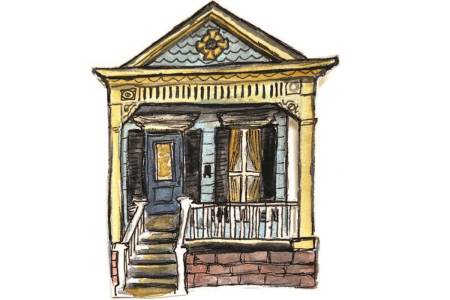
SHOTGUN HOUSES
Louisville’s known for its shotgun houses where you can find them in neighborhoods like Germantown (which is touted for having the largest collection), Portland, and Butchertown. Key components of its design are a narrow, rectangular footprint and a single door with two tall windows in the front. Many of the homes have very small front yards with the home close to the sidewalk or street. The rooms in a shotgun house are accessed by walking through one room to the other.
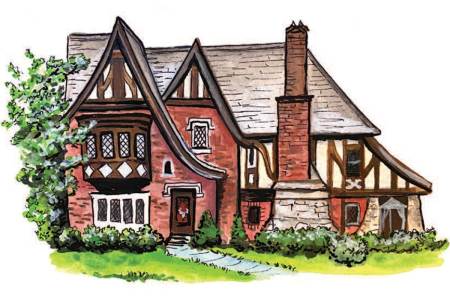
TUDOR REVIVAL
Based on the 17th-century Elizabethan architecture in England, this style resembles an English country cottage. It’s easily identified by its characteristic half-timbering, a decorative treatment that exposes structural elements. The style was one of the more popular early 20th-century styles in Louisville in neighborhoods like Upper Clifton, Cherokee, and Seneca Gardens.
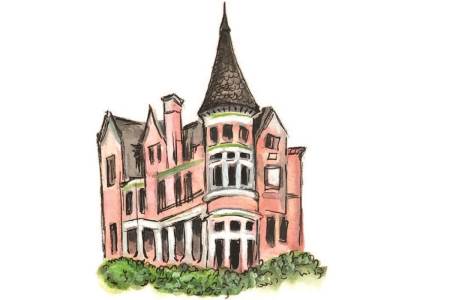
VICTORIAN MANSIONS
The Old Louisville neighborhood near downtown Louisville and the University of Louisville is a registered historic district with the bragging rights of having the country's largest collection of restored Victorian mansions. You’ll find more than 40 city blocks of Victorian-era homes in various styles, including Beaux Arts, Chateauesque, Italianate, Neoclassical, and Queen Anne. If you'd like to spend the night in one of these historic homes try the Louisville Bourbon Inn, DuPont Mansion Bed & Breakfast, or the Central Park Bed & Breakfast.
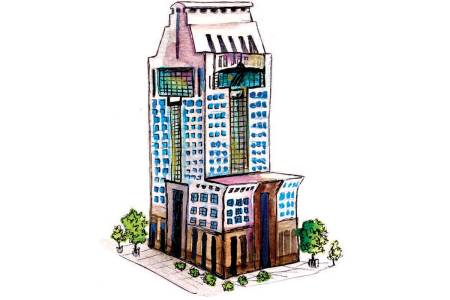
POST-MODERNISM
The Humana Building (headquarters of the Humana Corp. and one of the city’s largest employers), a skyscraper built in 1985 and designed by Michael Graves, serves as one of the earliest examples of post-Modernism architecture. Each side of the building is designed slightly differently, up to a sloping pyramid style for the upper few floors. It is also known for its exterior construction of flat pink granite. The north façade’s loggia was designed to replicate the older architecture styles in the area to blend in with the original Main Street storefronts. The open-air front portion of the loggia is known for its fountain.
To learn more about Louisville's diverse array of neighborhoods, you can read more over on our neighborhood pages. Local Louisville artist Bri Bowers did all of this blog's illustrations. You can check out more of her amazing artwork on her website.